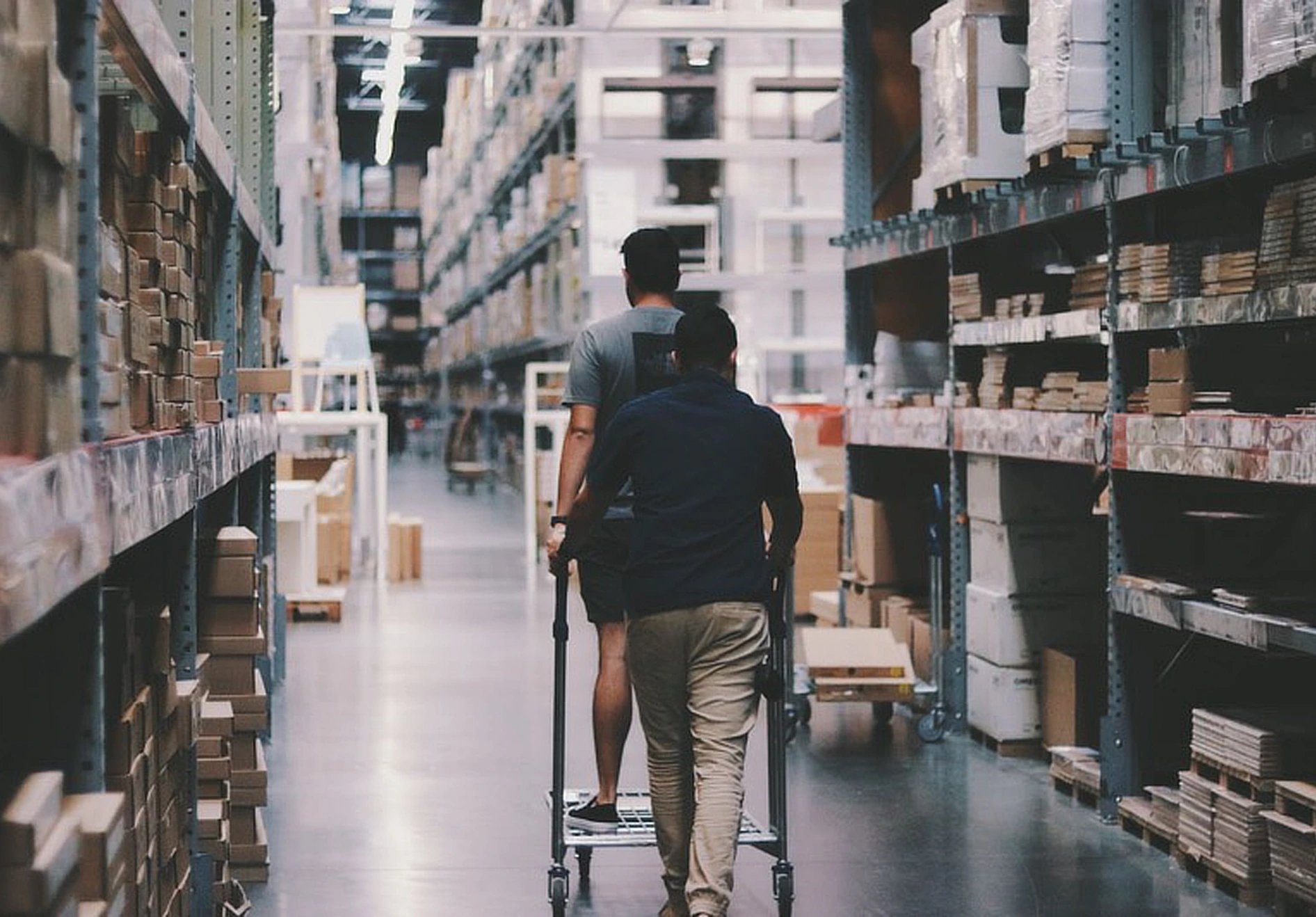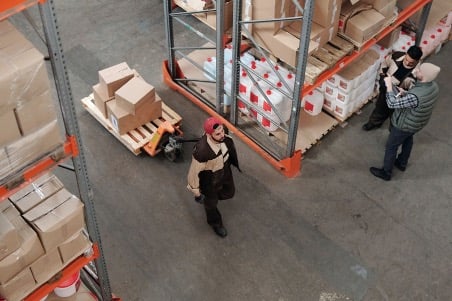However, one of the areas most affected by the pandemic was undoubtedly international trade. We have seen a sharp decline in global production, the whole world has faced supply chain problems unlike anything it has ever had to face in modern history, and as a result there has been a significant imbalance in the market between demand and supply of goods. Traders and suppliers were forced to react immediately to the changes brought about by the pandemic, but customers were also reassessing their behaviour.
The result of the rapid and unexpected changes was confusion at all levels of the supply chain. However, the problems that the supply chain has faced over the past year are very likely to continue. Experts believe that a return of the supply chain to its pre-pandemic state cannot be expected before several years, if ever. To create a new balance and restore customer confidence, retailers will therefore need to rethink their current solutions and be even more flexible and open to the trends that the past period has given rise to.


